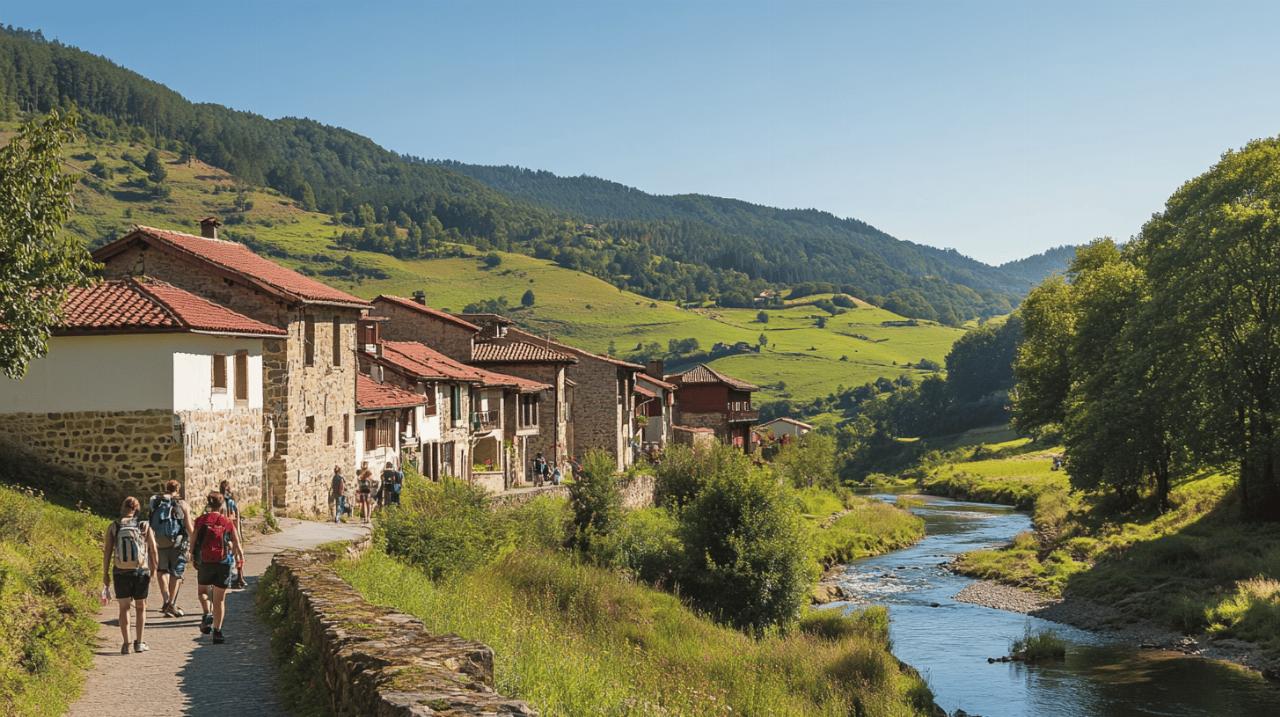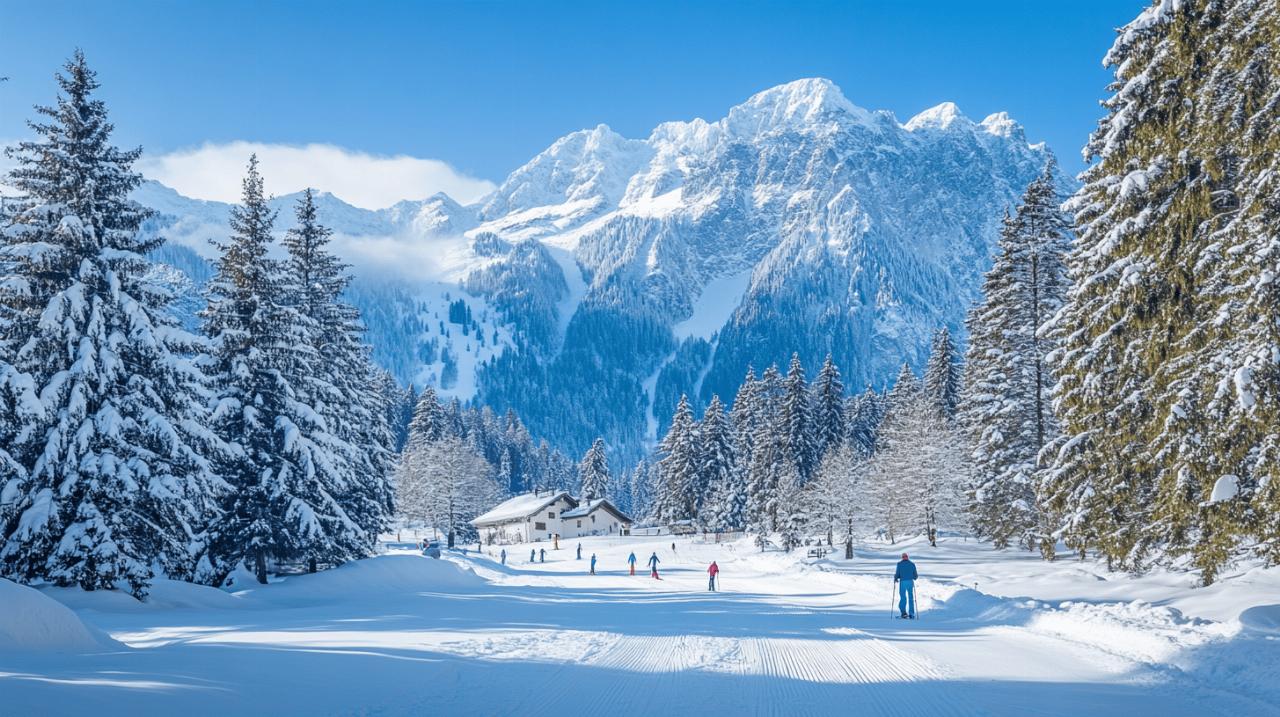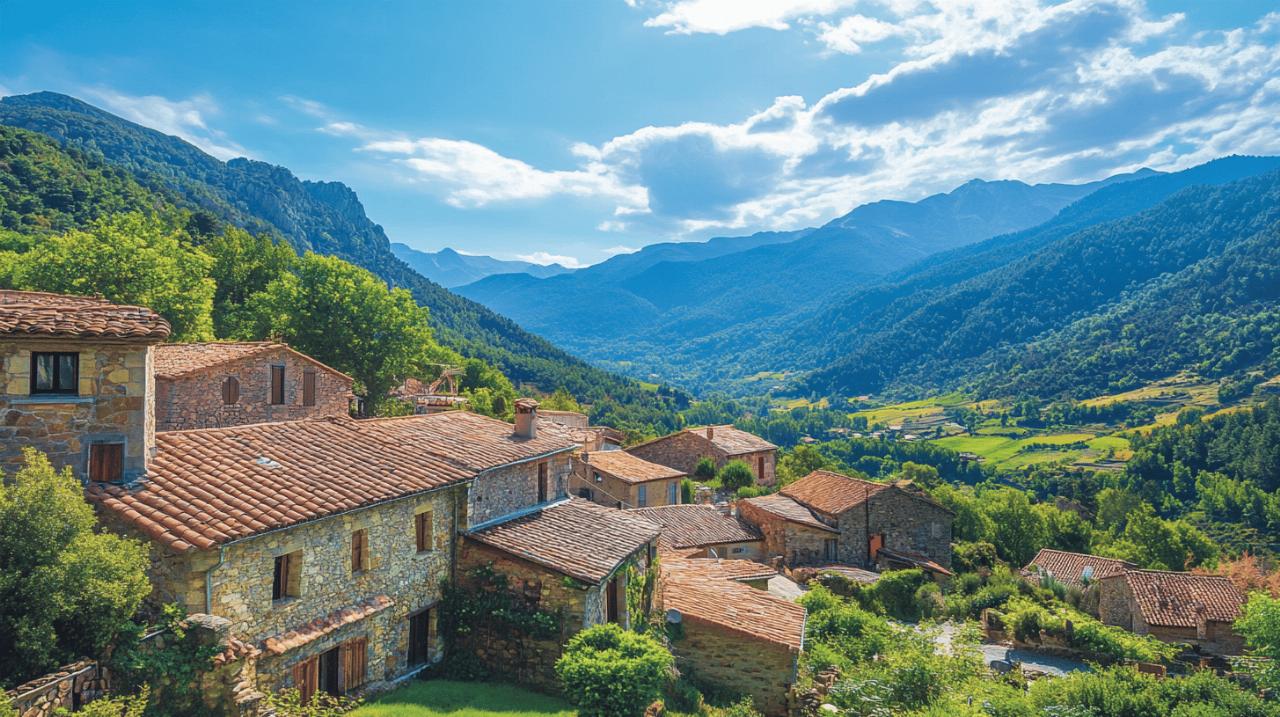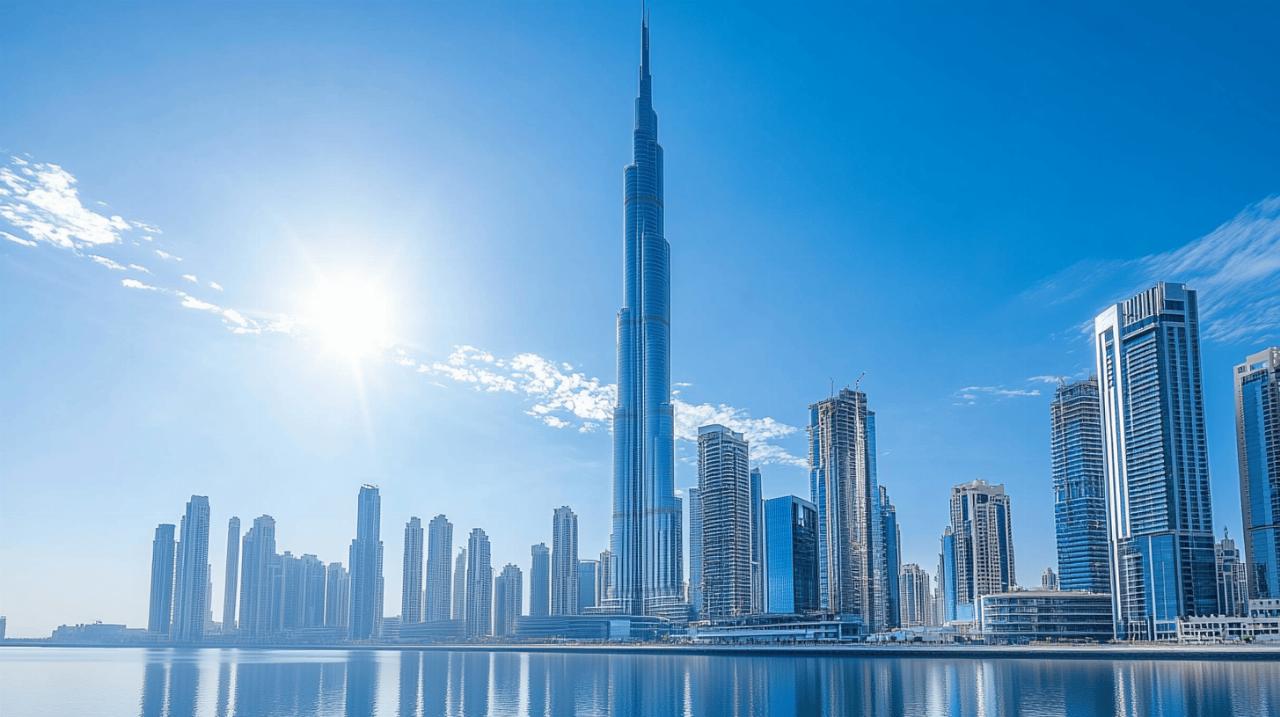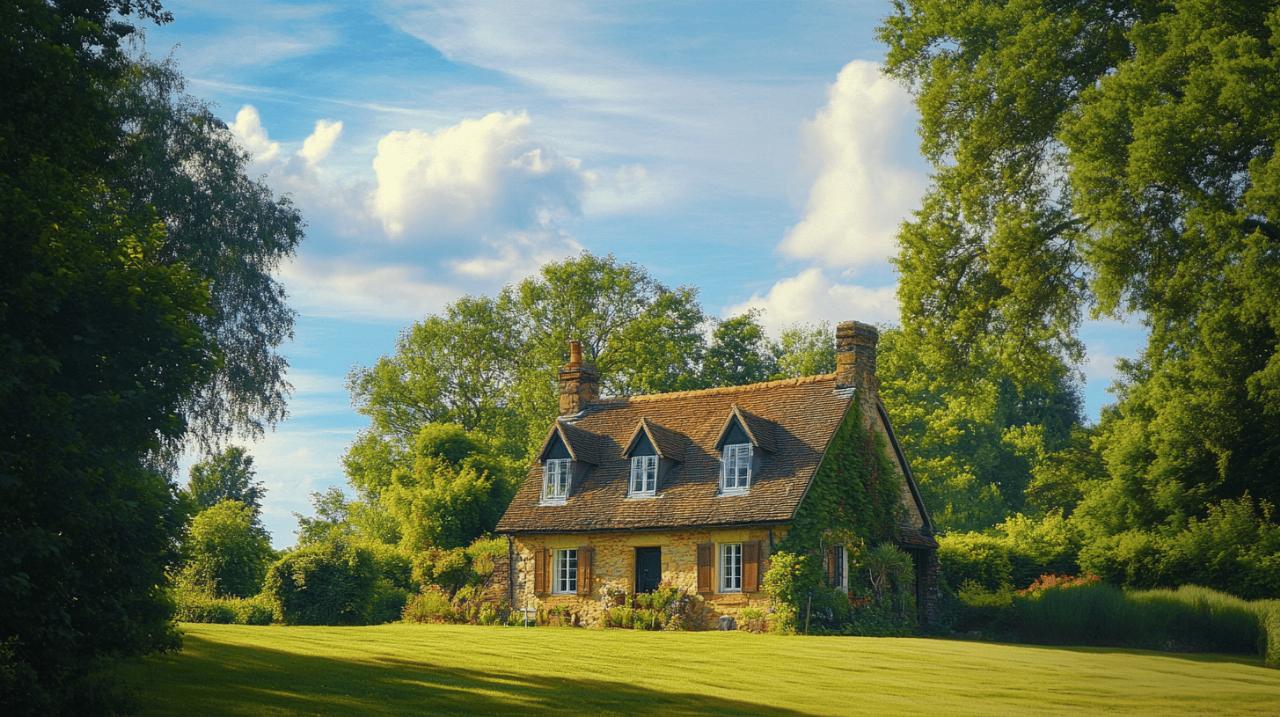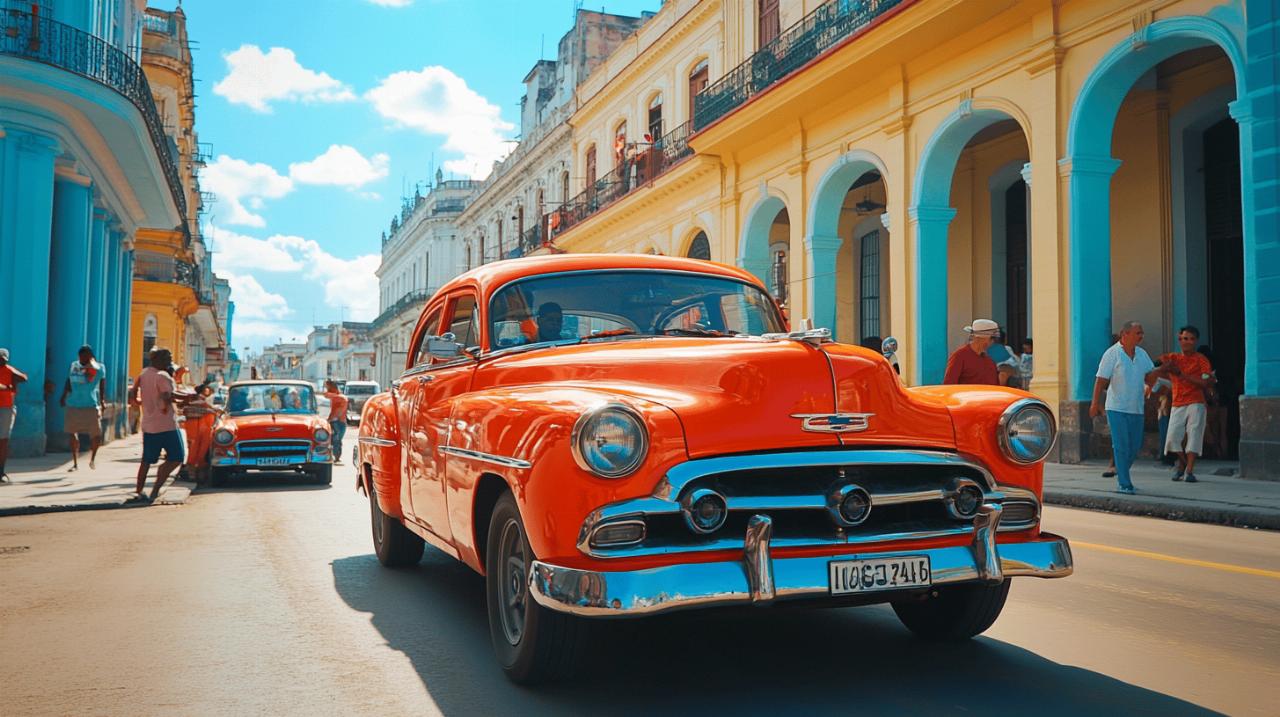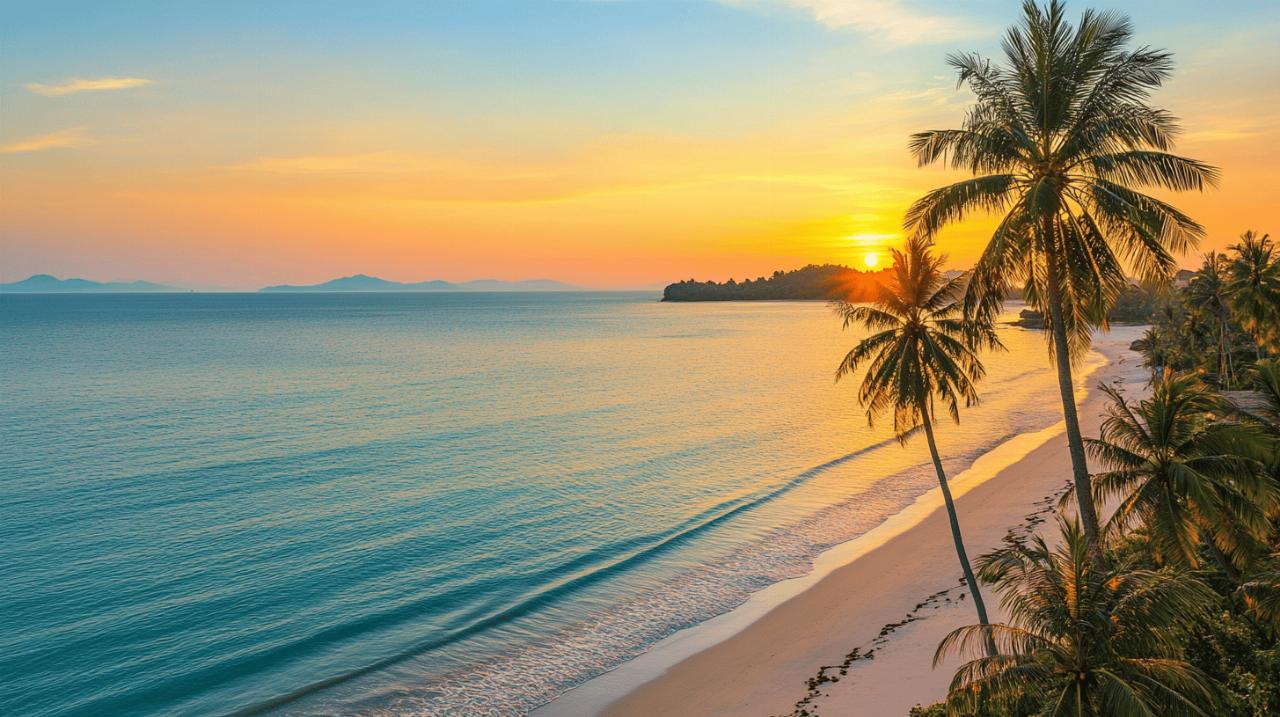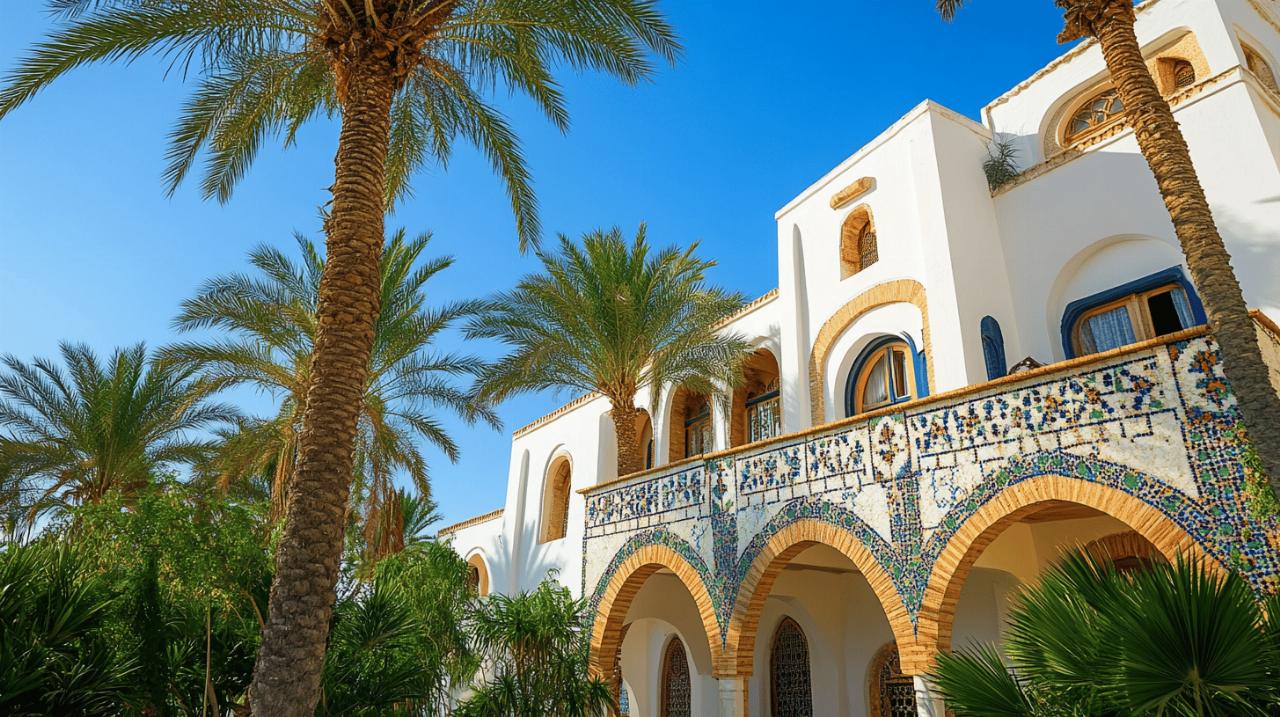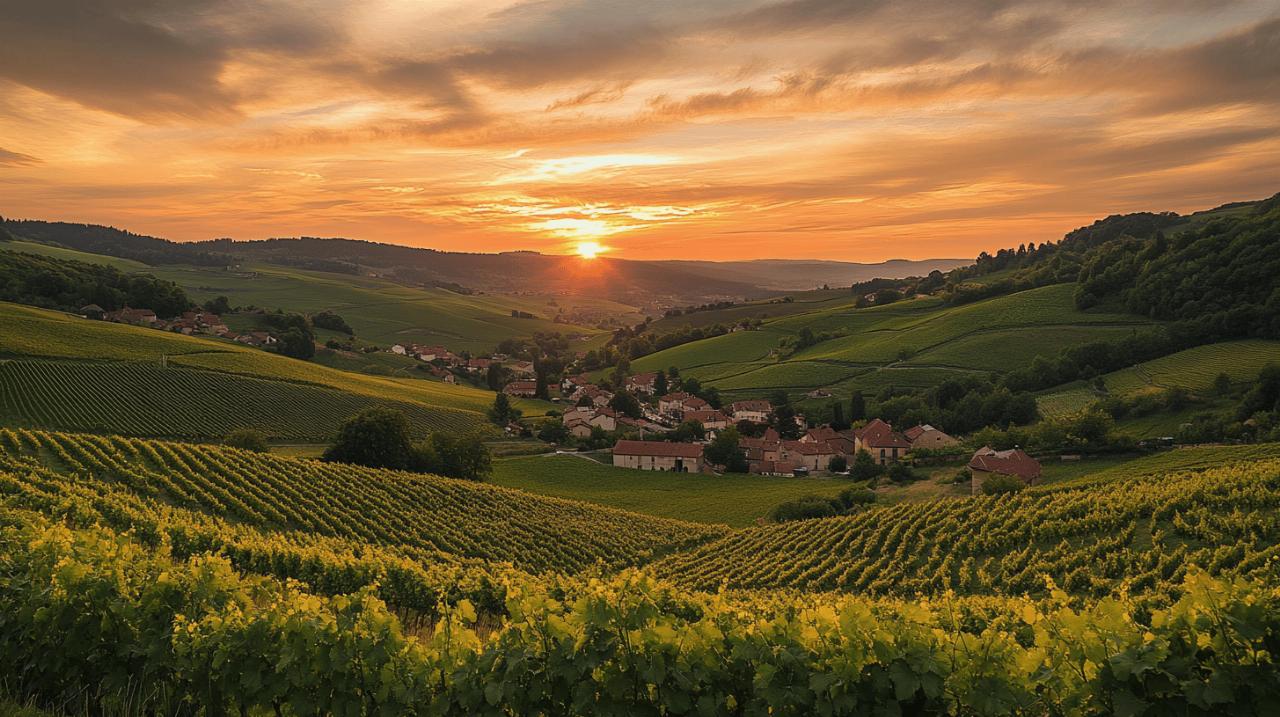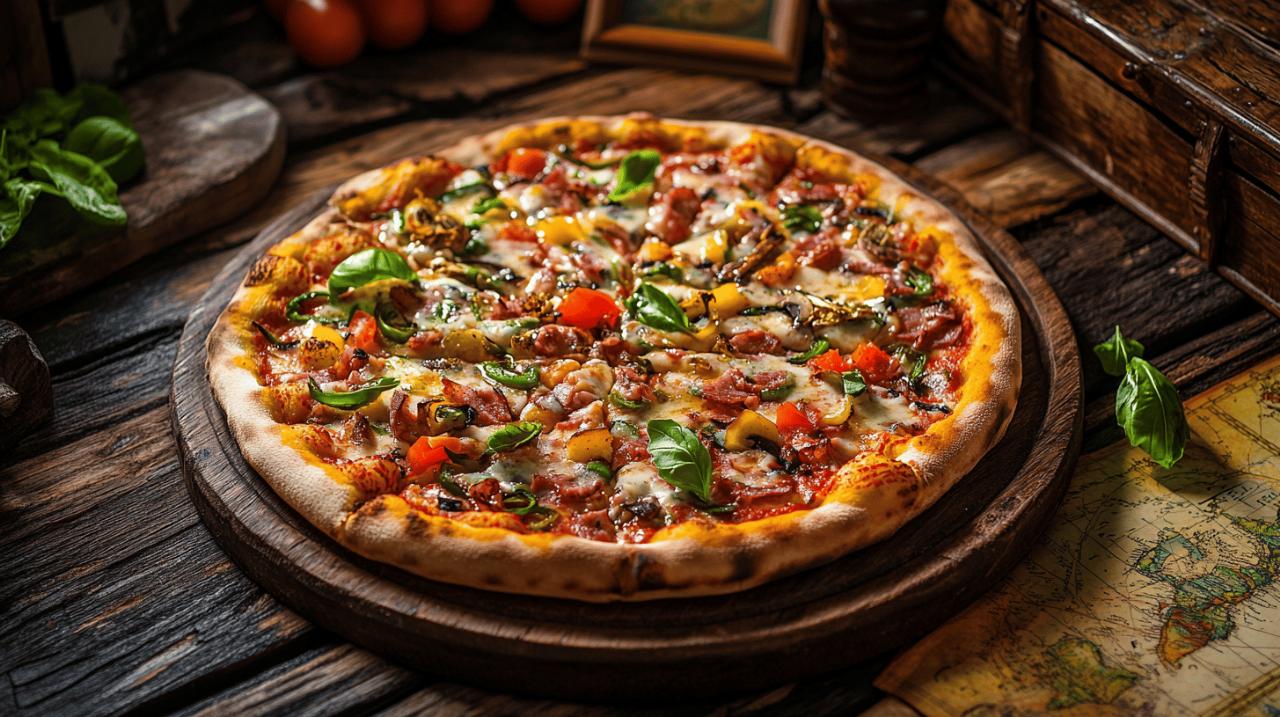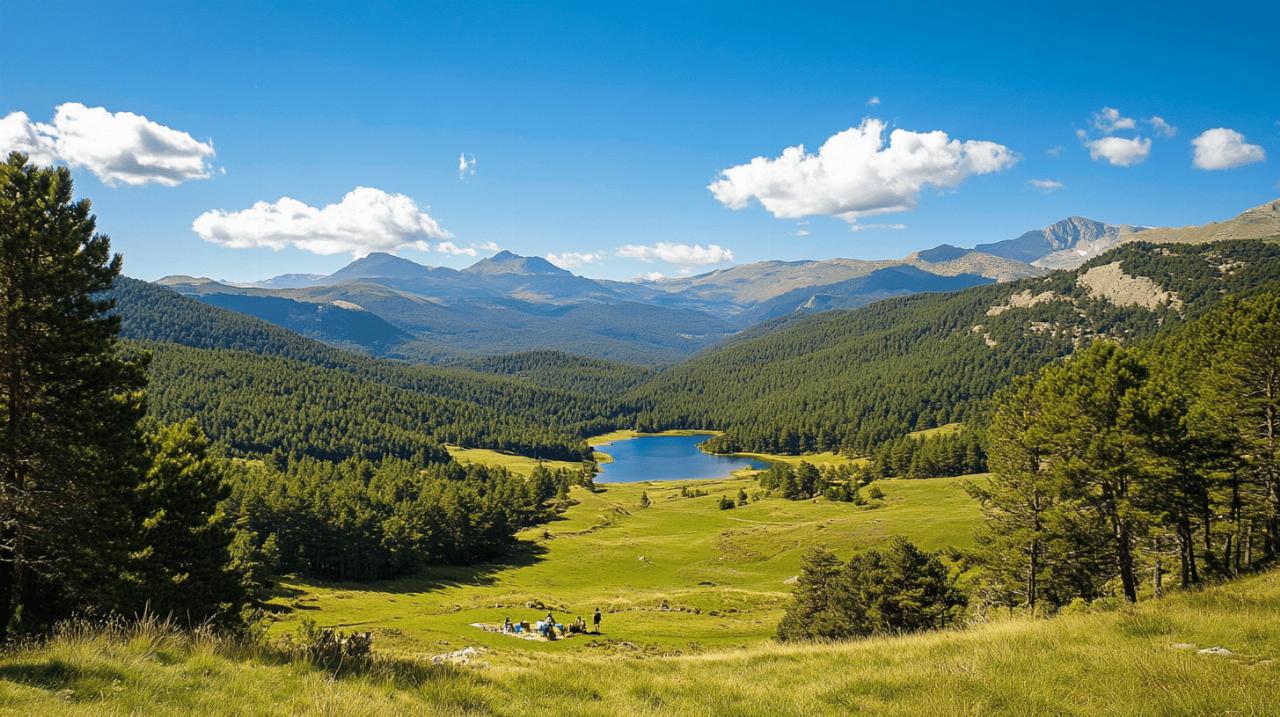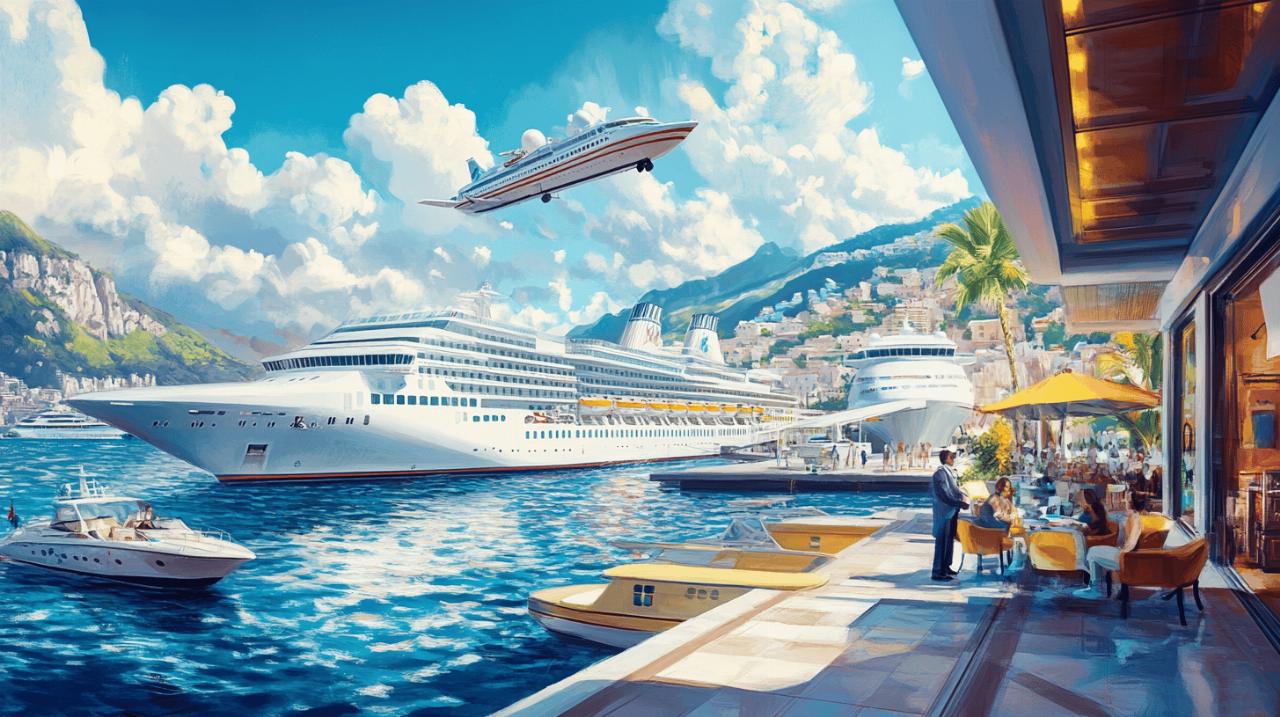The Basque Country, straddling the rugged border between Spain and France, offers a captivating blend of ancient traditions, breathtaking landscapes, and culinary excellence that beckons travellers seeking something beyond the ordinary. With five days at your disposal, you can immerse yourself in a region where the Euskera language echoes through cobbled streets, coastal beauty meets urban sophistication, and every meal becomes a celebration of local flavour. This itinerary will guide you through vibrant cities, elegant seaside towns, and picturesque villages, ensuring you experience the very best of both the Spanish and French sides of this unique cultural heartland.
Experiencing bilbao and san sebastián: urban culture meets coastal beauty
Bilbao's guggenheim museum and pintxos culture: a modern basque welcome
Your adventure begins in Bilbao, a city that has transformed itself from an industrial powerhouse into a beacon of contemporary art and culture. The Guggenheim Museum stands as the centrepiece of this metamorphosis, its titanium curves glinting in the northern Spanish sunlight, a testament to bold architectural vision. Stepping inside, you'll find world-class exhibitions that rival any gallery in Europe, yet the building itself often steals the show with its dramatic interplay of light and space.
Once you've had your fill of modern art, wander into the Casco Viejo, the old quarter, where narrow lanes open onto lively plazas brimming with character. Here, the tradition of pintxos takes centre stage. These Basque tapas, artfully arranged atop slices of bread, range from simple anchovy and pepper combinations to elaborate creations featuring txuleta steak or bacalao al pil-pil. Bar-hopping is the accepted ritual, allowing you to sample a variety of flavours while soaking up the convivial atmosphere. Pair your pintxos with a glass of txakoli, the slightly sparkling local wine, poured from a height with theatrical flair, and you'll quickly understand why Bilbao has become a foodie's paradise.
San Sebastián's La Concha Beach and Old Town: Seaside Elegance and Culinary Delights
A short journey eastward brings you to San Sebastián, a city that effortlessly marries natural beauty with gastronomic prestige. La Concha Beach, framed by verdant hills and the azure waters of the Cantabrian Sea, ranks among the most stunning urban beaches in the world. Whether you fancy a paddle in the waves or simply wish to stroll along the elegant promenade, the setting is nothing short of idyllic.
The Parte Vieja, or old town, is where San Sebastián truly reveals its soul. Meandering through its tight streets, you'll encounter bar after bar offering pintxos that rival those of Bilbao, each establishment vying to showcase its culinary prowess. The city boasts an impressive concentration of Michelin stars, yet even the humblest pintxo bar serves food that would be the envy of many a fine dining establishment. As you explore on foot, you'll discover hidden squares, artisan shops, and the imposing Iglesia de San Vicente, all contributing to the city's irresistible charm. San Sebastián is not merely a destination; it's an experience that lingers long after you've departed its shores.
French basque treasures: bayonne and biarritz
Bayonne's Sainte-Marie Cathedral and Historical Charm: Crossing into French Basque Territory
Crossing the border into France, you enter the elegant world of the French Basque Country, where the atmosphere shifts subtly yet noticeably. Bayonne, a riverside town steeped in history, welcomes you with its half-timbered houses and the magnificent Cathédrale Sainte-Marie. This Gothic masterpiece, with its soaring spires and intricate stonework, dominates the skyline and offers a moment of quiet reflection amidst your travels. A guided tour can enrich your understanding of the cathedral's history and the broader story of Bayonne's role as a cultural and commercial hub over the centuries.
Wandering through the town, you'll find yourself drawn to the Halles de Bayonne, a covered market brimming with local produce, artisanal ham, and delectable chocolates. Bayonne has a long-standing reputation for its chocolate-making, a tradition that dates back centuries, and sampling a few pieces is practically obligatory. The town's compact size makes it perfect for exploring on foot, with the Nive and Adour rivers providing a picturesque backdrop to your stroll. The blend of French and Basque influences is palpable here, from the architecture to the cuisine, creating a unique atmosphere that feels both familiar and refreshingly different.
Biarritz's Atlantic Surf Scene and Rocher de la Vierge: Where Style Meets the Sea
Just down the coast lies Biarritz, a town synonymous with surf culture and seaside elegance. The Atlantic waves that crash onto Grande Plage have drawn surfers from around the world, transforming this once-aristocratic resort into a vibrant hub for wave riders and beach lovers alike. Even if you're not tempted to grab a board, watching the surfers navigate the swells is a spectacle in itself, a testament to the raw power and beauty of the ocean.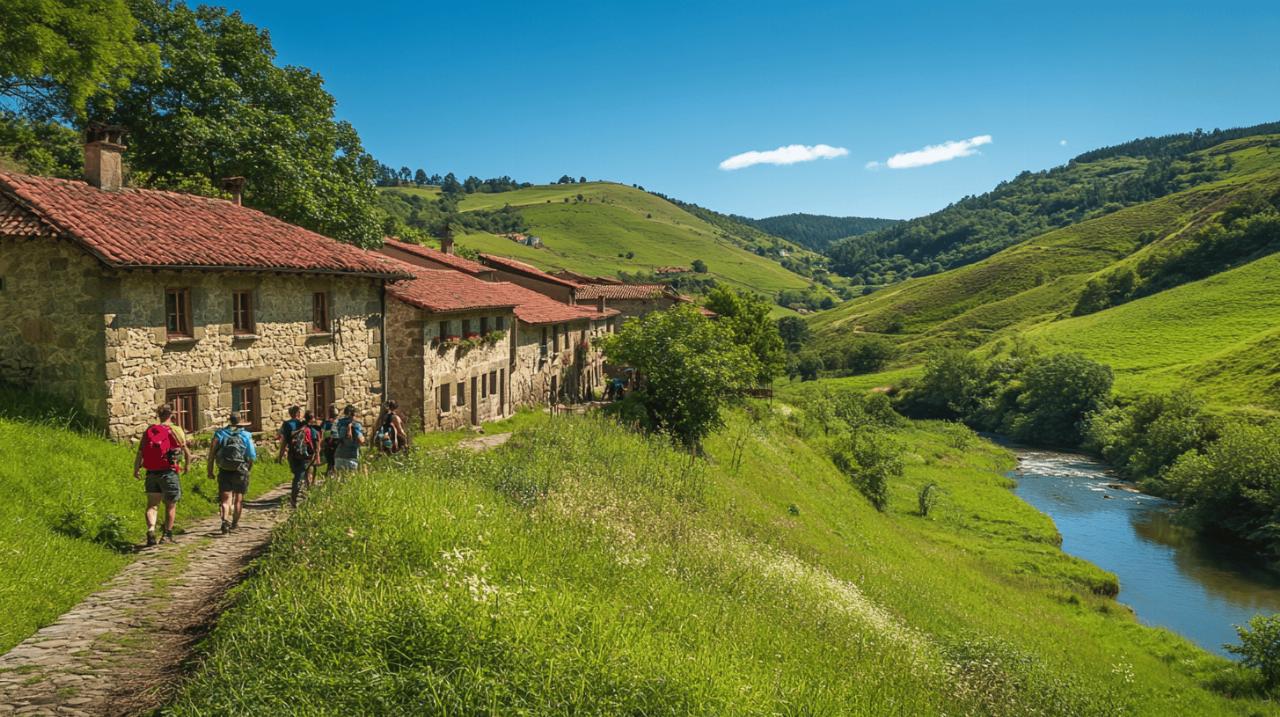
Biarritz offers more than just surf, however. The Rocher de la Vierge, a rock formation topped with a statue of the Virgin Mary, provides dramatic views of the coastline and can be reached via a narrow bridge that sways slightly with the wind and waves. The walk along the Sentier du Littoral, a coastal path that hugs the cliffs, reveals hidden coves and sweeping vistas that make for perfect photo opportunities. In town, elegant villas and chic boutiques line the streets, reminding visitors of Biarritz's glamorous past as a playground for European royalty. The blend of natural beauty, sporting culture, and stylish sophistication ensures that Biarritz leaves a lasting impression.
Saint-Jean-de-Luz and Royal Heritage: Your Final Day in the Basque Region
Exploring saint-jean-de-luz's picturesque port and église saint-jean-baptiste
On your final full day, make your way to Saint-Jean-de-Luz, a charming harbour town that exudes a more laid-back atmosphere compared to the larger cities you've visited. The port, still active with fishing boats coming and going, is the heart of the town and a delightful spot to watch the day unfold. The harbour front is lined with cafes and restaurants where you can enjoy fresh seafood while taking in the salty sea air and the comings and goings of local life.
The Église Saint-Jean-Baptiste is the town's crowning glory, a church with a storied past. It was here that Louis XIV married Maria Theresa of Spain in a lavish ceremony, cementing a royal alliance. The church's interior, with its distinctive wooden galleries and ornate altarpiece, reflects the wealth and importance of Saint-Jean-de-Luz during its maritime heyday. Place Louis XIV, just steps from the church, is a lively square perfect for a leisurely coffee or a taste of the famous macaroons from Maison Adam, a local institution that has been crafting these sweet treats for generations. The town's blend of history, seaside charm, and gentle pace makes it an ideal place to reflect on your journey through the Basque Country.
Departure Planning: Airport Options from Bilbao and Bordeaux
As your five-day adventure draws to a close, you'll need to consider your departure options. Bilbao Airport offers convenient connections to numerous European cities and is the most straightforward choice if you've been exploring the Spanish side more extensively. The airport is well connected to the city centre, making for a smooth end to your trip. Alternatively, if your travels have taken you deeper into the French Basque Country, Bordeaux Airport is another viable option, though it requires a slightly longer drive. Weighing up the flight times, prices, and connections will help you decide which airport best suits your onward plans. Whichever route you choose, the memories of pintxos, coastal walks, and cultural treasures will travel with you long after you've left this remarkable region.
Practical tips for your five-day basque adventure
Getting Around: Car Hire Versus Public Transport in the Basque Country
When it comes to navigating the Basque Country, the question of transport is crucial. Hiring a car offers the most flexibility, allowing you to explore winding coastal roads, venture into the Pyrenees, and discover hidden villages at your own pace. The distances between major towns are manageable, though the mountain routes can be slower than you might expect, so factor in extra time when planning your daily itinerary. Public transport, including buses and trains, is fairly reliable and can connect you between the main cities, but reaching more remote spots can be challenging without your own wheels. If you prefer the freedom to stop whenever a view catches your eye or a village beckons, a car is undoubtedly the way to go.
Language Essentials and Accommodation Advice for Your Basque Stay
While many locals speak English, particularly in the larger cities and tourist areas, making an effort with a few basic phrases in Spanish or French is always appreciated. The Basque language, Euskera, is Europe's oldest surviving tongue and holds deep cultural significance, though it is less widely spoken in everyday interactions. A simple greeting or thank you in the local language can go a long way in forging connections with the people you meet. As for accommodation, the Basque Country offers a wide range, from sleek urban hotels in Bilbao and San Sebastián to charming rural guesthouses known as agroturismos. Choosing a central location in each city or town you visit will ease your daily explorations and allow you to soak up the atmosphere well into the evening. Booking in advance, particularly during the peak seasons of late spring and early autumn, ensures you secure the best spots at reasonable prices. With these practical considerations sorted, you're all set for an unforgettable journey through one of Europe's most distinctive and enchanting regions.

